2004 Côte-Rôtie, La Landonne, Domaine René Rostaing

Critics reviews
Robert M. Parker, Jr. - 30/04/2007
About this WINE

Syrah/Shiraz
A noble black grape variety grown particularly in the Northern Rhône where it produces the great red wines of Hermitage, Cote Rôtie and Cornas, and in Australia where it produces wines of startling depth and intensity. Reasonably low yields are a crucial factor for quality as is picking at optimum ripeness. Its heartland, Hermitage and Côte Rôtie, consists of 270 hectares of steeply terraced vineyards producing wines that brim with pepper, spices, tar and black treacle when young. After 5-10 years they become smooth and velvety with pronounced fruit characteristics of damsons, raspberries, blackcurrants and loganberries.
It is now grown extensively in the Southern Rhône where it is blended with Grenache and Mourvèdre to produce the great red wines of Châteauneuf du Pape and Gigondas amongst others. Its spiritual home in Australia is the Barossa Valley, where there are plantings dating as far back as 1860. Australian Shiraz tends to be sweeter than its Northern Rhône counterpart and the best examples are redolent of new leather, dark chocolate, liquorice, and prunes and display a blackcurrant lusciousness.
South African producers such as Eben Sadie are now producing world- class Shiraz wines that represent astonishing value for money.


Buying options
Add to wishlist
Description
The terroir-driven, muscular, dark, brooding 2004 Cote Rotie La Landonne reveals plenty of meat, tannin, smoke, and tart acids, a dark ruby/purple-tinged color, and a firm, structured mouthfeel. Structuralists will probably rate it considerably higher, but I remain concerned about the acids and tannin dominating the fruit as it evolves. It should last for 10-12 years.
Robert M. Parker, Jr. - 30/04/2007
wine at a glance
Delivery and quality guarantee